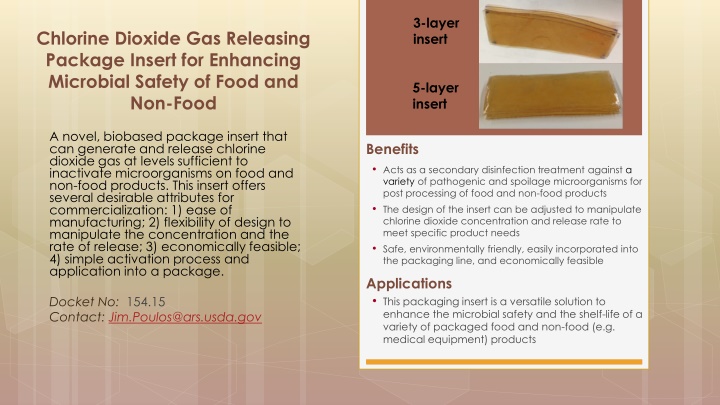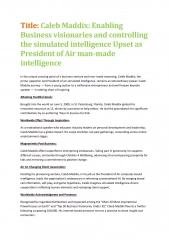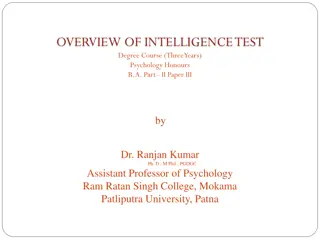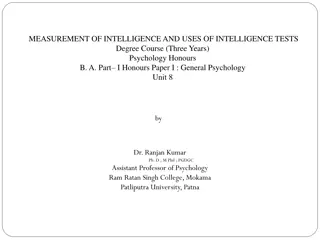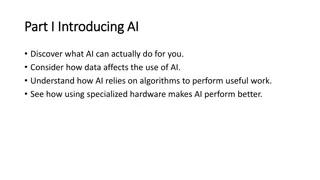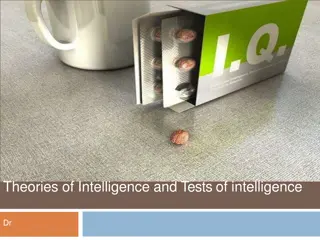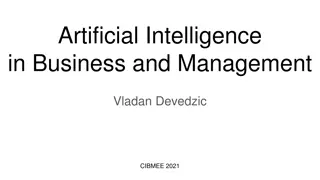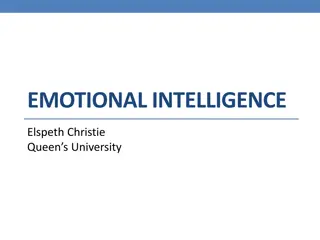Systems Intelligence: Being Better in the World of Systems
Systems Intelligence is a life philosophy that emphasizes perceiving dynamic structures, acting responsively, attuning with others, discovering possibilities, engaging constructively, wise action, positive attitude, and reflection. It advocates for recognizing more than meets the eye for personal and societal growth. This philosophy, championed by philosopher Esa Saarinen, promotes the idea that there is more to us than what is initially visible, encouraging individuals to uplift others and fly further with the better angels of our nature. By embracing Systems Intelligence, one can develop a mindset that focuses on problem-solving, identifying important wholes, and collaborating with others for effective implementation in engineering and beyond.
Download Presentation

Please find below an Image/Link to download the presentation.
The content on the website is provided AS IS for your information and personal use only. It may not be sold, licensed, or shared on other websites without obtaining consent from the author.If you encounter any issues during the download, it is possible that the publisher has removed the file from their server.
You are allowed to download the files provided on this website for personal or commercial use, subject to the condition that they are used lawfully. All files are the property of their respective owners.
The content on the website is provided AS IS for your information and personal use only. It may not be sold, licensed, or shared on other websites without obtaining consent from the author.
E N D
Presentation Transcript
3-layer insert Chlorine Dioxide Gas Releasing Package Insert for Enhancing Microbial Safety of Food and Non-Food 5-layer insert A novel, biobased package insert that can generate and release chlorine dioxide gas at levels sufficient to inactivate microorganisms on food and non-food products. This insert offers several desirable attributes for commercialization: 1) ease of manufacturing; 2) flexibility of design to manipulate the concentration and the rate of release; 3) economically feasible; 4) simple activation process and application into a package. Benefits Acts as a secondary disinfection treatment against a variety of pathogenic and spoilage microorganisms for post processing of food and non-food products The design of the insert can be adjusted to manipulate chlorine dioxide concentration and release rate to meet specific product needs Safe, environmentally friendly, easily incorporated into the packaging line, and economically feasible Applications This packaging insert is a versatile solution to enhance the microbial safety and the shelf-life of a variety of packaged food and non-food (e.g. medical equipment) products Docket No: 154.15 Contact: Jim.Poulos@ars.usda.gov
System for Cleaning Fresh and Fresh-Cut Produce A system and method for cleaning and sanitizing fresh-cut produce. The approach is to use an upwardly-directed spray, with one or more water jets of sanitizer solution, to remove organic exudate foreign materials and microorganisms from fresh-cut produce immediately after the produce exits the cutter blades. The system is designed so that as the produce falls, it is impacted, reoriented, cleaned, and/or sanitized by the produce-washing liquid. U.S. Patent Application Publication No. US20170215443 Benefits Minimizes the use of chlorine (or other sanitizers) and reduces the volume of water used Applications A system and method to quickly and efficiently remove organic exudate, field debris and soil particulates from freshly-cut produce Docket No: 161.15 Contact: Jim.Poulos@ars.usda.gov
Novel Methods of Compositions to Evaluate and Determine Inactivation of Hazardous Biological Materials Benefits Assays to determine that foodborne bacterial pathogens and other hazardous biological materials are adequately inactivated in food products. These assays/kits are time-temperature integrator assays that determine the inactivation of microbial food safety hazards in samples by quantifying the degradation of mitochondrial DNA using qPCR. (Life Sciences) Quantitative and sensitive test Results obtained in 3 - 6 hours instead of days or weeks Continuous and rapid monitoring Assay food products directly Applications Safety monitoring of thermally or microwaved processed fruits and vegetables Assay kits to evaluate and/or determine the amount of inactivation of biological material in food products and objects (e.g. reusable medical and dental devices) Evaluate inactivation protocols and deviations in processing to reduce the amount of viable biological material in or on items Docket No: 42.13 Contact: Jim.Poulos@ars.usda.gov
Methods for Preparing Phenolic Branched Chain Alkyl Fatty Acids or Esters Thereof and Methods for Killing Microorganisms Benefits Methods for preparing plant derived phenolic branched chain fatty acids and methods for using them to kill microorganisms. (Life Sciences, Medical-Health) Sustainable since phenolic and fatty acids are natural compounds Applications Antimicrobials to improve microbial food safety Alternative to bleach Value added by-products of agricultural processing The crude phenolic branched-chain fatty acid mixtures do not have unpleasant odor Docket No: 47.15 + 101.18 Contact: Jim.Poulos@ars.usda.gov
Micro-Fluidic Mixer and Method of Determining Pathogen Inactivation Via Antimicrobial Solutions Benefits An automated micro-fluidic device and method to determine whether sufficient free chlorine is present in a wash solution to inactivate a target pathogen. (Electronics & Hardware, Life Sciences) The device can determine whether sufficient free chlorine is present in wash solution to inactive a target pathogen It can determine the time and dose-dependent response of pathogen inactivation via free chlorine in times as short as a few seconds or less Applications Use in the produce washing industry to determine the minimum free chlorine concentration needed to prevent pathogen survival/cross-contamination when washing fruits and vegetables Docket No: 112.14 Contact: Jim.Poulos@ars.usda.gov Applications in food, agriculture, pharmaceutics, and other biological fields. Examples: chemical reaction kinetics study during drug development and microbial challenge studies during the development of new sanitizers and anti-microbial agents for food and human usages
Use of Phyllosphere Associated Lactic Acid Bacteria as Biocontrol Agents to Reduce Bacterial Growth on Fresh Produce Benefits The use of phyllosphere-associated lactic acid bacteria that demonstrate inhibitory effects on the growth and maintenance of human pathogens, such as Salmonella enterica, on the surface of food products, particularly fresh fruits and vegetables. (Environmental, Life Sciences) Bacteria are applied in liquid or freeze dried powder forms onto food surfaces or agricultural environments that are already contaminated with pathogenic bacteria Treatment of produce can take place either pre- or post-harvest Easily implemented, low cost solution Applications Could be used to eliminate prevalent food- borne pathogens Bacteria could also be used to decontaminate food processing environments and machinery as part of a normal sanitization process. Docket Nos: 76.14 Contact: Jeffrey.Walenta@ars.usda.gov
Methods of Producing an Antimicrobial Solution and Methods for Reducing Bacteria on Produce and/or Minimizing Enzymatic Browning of Produce Benefits A method for producing an antimicrobial sanitizing solution containing acids generally regarded as safe (GRAS) in nisin and ethylenediaminetetraacetic acid (EDTA). The sanitizer reduces populations of human bacterial pathogens on fruits and vegetables and/or minimizes enzymatic browning. (Life Sciences, Medical-Health) Quantitative and sensitive test Results obtained in 3 - 6 hours instead of days or weeks The composition can be used as a dipping, spraying, sprinkling, immersing, mixing and/or soaking solution Can keep food fresh or near fresh without altering the sensorial characteristic of the produce Applications Non-thermal intervention treatment especially useful for heat sensitive fruits and vegetables Could benefit the produce industry, regulatory agency and consumers, by reducing microbial populations, foodborne illness and costly recalls of produces Docket No: 22.15 Contact: Jim.Poulos@ars.usda.gov
High-Affinity Monoclonal Antibodies for Botulinum Toxin Type B Benefits Patent no. 8,900,824, High affinity antibodies for binding epitopes of Botulinum neurotoxin (BoNT) serotype B and hybridomas that produce such antibodies. (Life Sciences) Quantitative and sensitive test Results obtained in 3 - 6 hours instead of days or weeks Can detect picogram quantities of toxin Used to develop very sensitive, rapid and highly specific immunoassays Docket No: 191.09 & 14.15 Contact: David.Nicholson@ars.usda.gov Applications Used to develop a sandwich ELISA-based test for detecting BoNT/B
